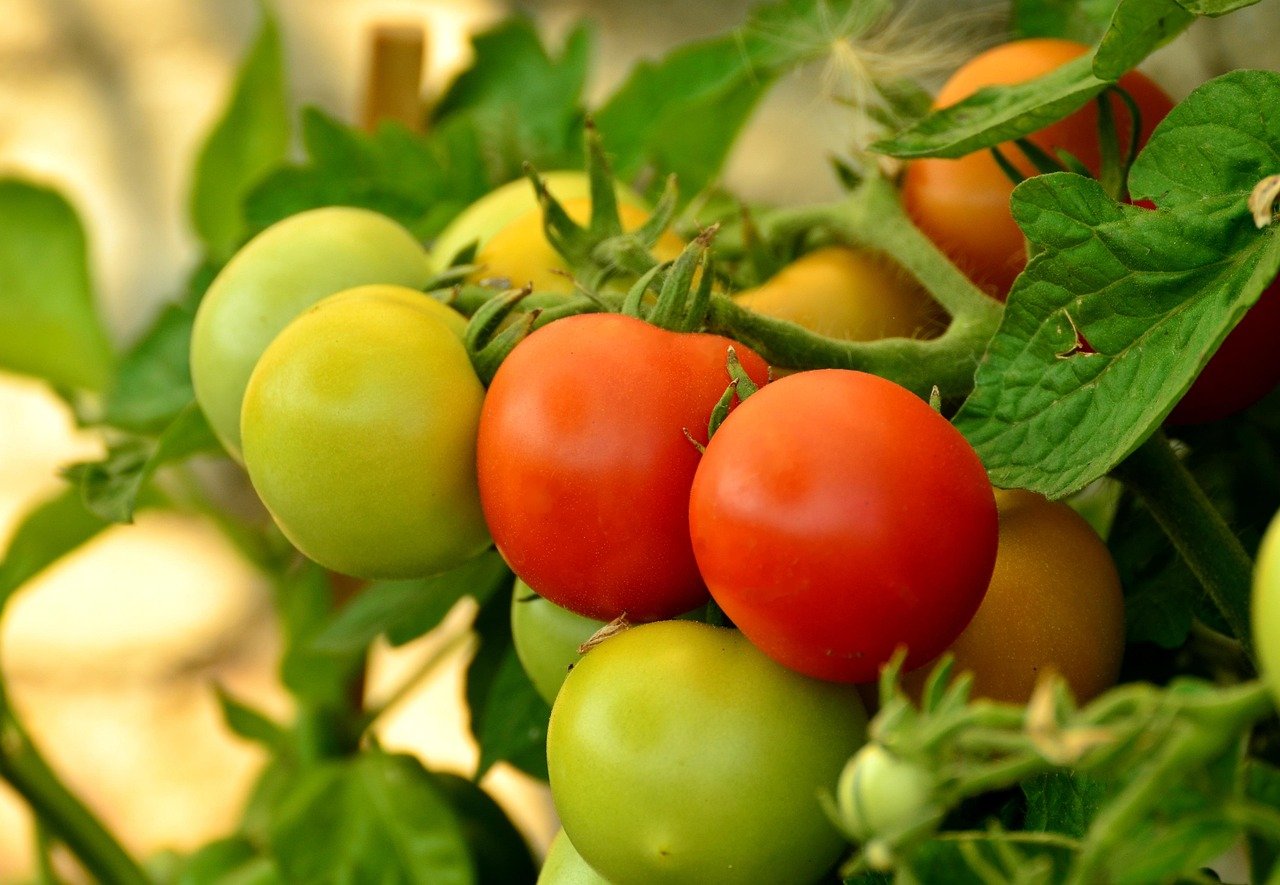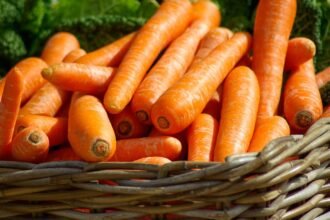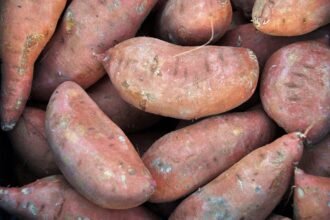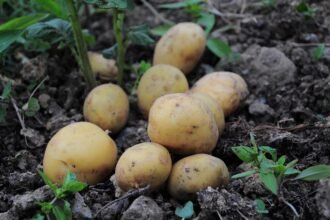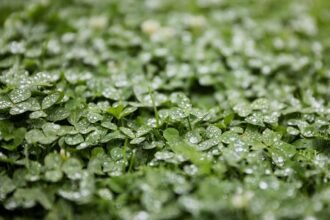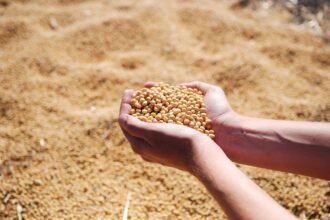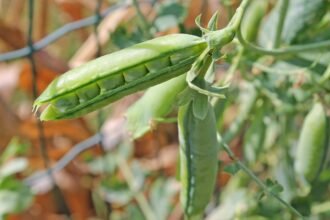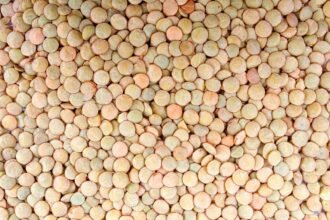Tomato cultivation is an essential part of agriculture worldwide. With its high demand in the culinary world, proper management practices are key to achieving high-quality, high-yield crops. Whether you are a small-scale grower or managing large-scale commercial operations, understanding the technical aspects of tomato farming can significantly improve the health of your crops and maximize your yield.
- Soil Preparation and Fertility Management
Tomatoes thrive in fertile, well-drained soil with a pH level between 6.0 and 6.8. Preparing the soil is the first crucial step in cultivating tomatoes.
Key steps:
Soil testing: Begin by testing your soil to determine nutrient levels. This allows you to amend the soil accordingly.
Tillage: Loosen the soil to a depth of 15–20 cm to promote healthy root growth.
Organic Matter: Incorporate organic compost to improve soil structure, water retention, and nutrient content.
Fertilization: Use a balanced fertilizer, focusing on nitrogen, phosphorus, and potassium, to ensure healthy plant growth.
- Choosing the Right Tomato Varieties
Selecting the right tomato variety is a critical aspect of achieving high-quality produce. Different varieties have unique characteristics that suit specific climates, seasons, and purposes.
Indeterminate Varieties: These tomatoes keep growing and producing fruit throughout the season. Ideal for longer growing periods.
Determinate Varieties: These varieties grow to a set height and produce a single batch of fruit. They are perfect for those looking to harvest all at once.
Consult with local agricultural experts to choose varieties best suited to your region’s climate and soil conditions.
- Planting and Spacing
Tomatoes require ample space for their roots and foliage to develop properly. Planting too closely together can increase the risk of disease spread and reduce air circulation.
Spacing: Space tomato plants at least 60 cm apart to ensure proper air circulation and access to sunlight.
Planting Depth: Plant tomatoes deep, burying them up to the first set of leaves. This promotes strong root development.
Staking and Support: Use stakes, cages, or trellises to support tomato plants, especially for indeterminate varieties. This helps in preventing diseases and allows for easy harvesting.
- Irrigation Techniques
Tomatoes need consistent moisture for optimal growth, but overwatering or underwatering can lead to problems like root rot or blossom end rot.
Best practices include:
Drip Irrigation: This method delivers water directly to the roots, preventing fungal diseases associated with wet foliage.
Watering Frequency: Water your tomatoes early in the morning or late in the evening to minimize evaporation and fungal growth. Ensure the soil is consistently moist, but not soggy.
- Pest and Disease Management
Tomatoes are susceptible to a variety of pests and diseases, including aphids, whiteflies, and blight. Effective pest and disease management is essential for healthy plants.
Integrated Pest Management (IPM): Use biological controls such as ladybugs to manage aphids. Apply organic pesticides only when necessary.
Crop Rotation: Rotate tomato crops with other plant species to reduce the buildup of pests and diseases.
Fungicide Application: Regular application of organic or chemical fungicides can help prevent fungal diseases like early and late blight.
- Pruning and Harvesting
Pruning tomato plants helps improve airflow and reduces the risk of disease. It also encourages the plant to focus its energy on producing fruit rather than excessive foliage.
Pruning: Regularly remove suckers (small shoots that emerge between the stem and branches) to allow the plant to focus its energy on fruit production.
Harvesting: Tomatoes should be harvested when they have fully ripened, with rich color and firmness. For some varieties, the “breaker stage” is when fruits just begin to turn color, signaling that they are ready for harvest.
- Post-Harvest Handling
Once harvested, tomatoes need to be handled carefully to prevent bruising or spoilage.
Cooling: Quickly cool harvested tomatoes to slow down the ripening process and extend shelf life.
Storage: Store tomatoes at room temperature to preserve flavor, but refrigerate them if you need to store them for longer periods.
- Sustainable Practices in Tomato Cultivation
As the world becomes more focused on sustainability, adopting environmentally-friendly practices is vital for the long-term success of tomato farming.
Use of Biodegradable Mulches: Helps conserve moisture, prevent weeds, and improve soil structure.
Water Conservation: Implement rainwater harvesting systems and use efficient irrigation methods like drip irrigation.
Soil Health: Focus on organic farming practices, such as crop rotations, composting, and using organic fertilizers.
Conclusion
The technical management of tomato cultivation requires attention to detail and a deep understanding of agricultural practices. By focusing on proper soil management, pest control, irrigation techniques, and sustainability, farmers can grow healthy, high-yielding tomato crops. Whether you’re just starting or looking to optimize your current practices, these steps will help ensure your tomatoes are the best they can be.

